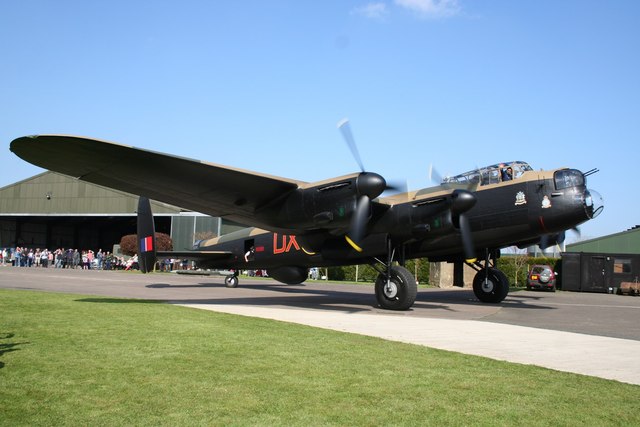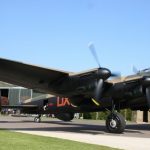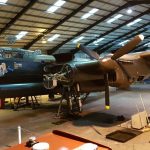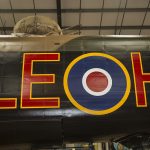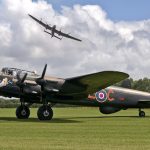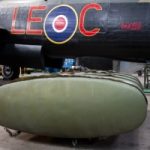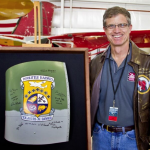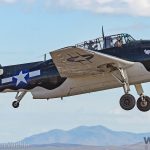As many of our readers will be well aware, Avro Lancaster B.VII NX611 ‘Just Jane’ is under restoration to airworthy condition with the Lincoln Aviation Heritage Center at former RAF East Kirkby in Lincolnshire, England. We have been reporting on their progress periodically, although it’s been some time since our last update, and we thought that our readers might like to see their most recent report, reproduced here with permission…
The Rivet Club – Newsletter 87
We must say a sincere thank you to those of you who donated some extra funds following Newsletter 86 to help with the costs of the extrusion. Its added a few hundred pounds back into the restoration account.
This week is the start of the winter servicing and restoration program. A lot of this week is of course the set up of the hangar and restoration area along with the post season ‘shake down’ for the engines. For this effort, all of the cowlings are removed except for the top cowling, and then various breathers and pipes are bagged for a series of sampling checks. The engines are then run up to get them warm and to zero boost for a thorough test and run. Any leaks or problems are noted and remedied within the winter servicing period ready for the following year.
The wing tips have been removed from the outer wings ready for the bottom skins to be removed and mounted onto their new jigs. The jigs have been built using a spare wing tip loaned by Tim Taylor, one of our pilots and ground crew.
Along with the set up of the hangar, we will also be jacking and trestling the aircraft ready for the long winter ahead. This gives the tires a rest, allowing us to service the wheels and brakes while also providing a stable aircraft that is safe to be worked on.
The rear turret has been readied for removal from the airframe, and is set for restoration over the summer period. It will be reverted back to its original structure and Perspex as it would have come out of the factory. The turret will look remarkably different when it is finished and put another ‘tick in the box’ for the restoration.
As some of you may have seen, we unfortunately had to cancel our fireworks event due to the atrocious weather that was forecast. Regrettably, this has left the project seriously short of funds to help us through the winter, so we’ll be trying to raise money through a series of different methods over the coming months to ensure the project doesn’t falter.
As usual, I have filled the newsletter with photos from this last week so have a good look below and see how we’ve been getting on.
Thanks for your support!
Andrew Panton
That’s all for this particular update. We hope that you have enjoyed reading it. As can be seen, a lot of work remains to be done, but the aircraft is well on the way back to flying condition. It is being done in a methodical and careful manner in order to keep the aircraft available for ground-running operations during the summer months. For those interested in helping support this important project, please click HERE







